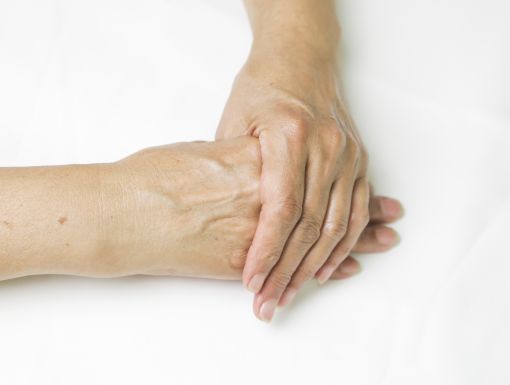
Arthritis in Children: 4 Things to Know
What is juvenile arthritis?
According to the Centers for Disease Control, an estimated 54.4 million adults in the United States have arthritis. Arthritis is expected to be a natural part of the aging process, thus arthritis in children is often overlooked.
It is less known that a kind of inflammatory arthritis may affect children, manifesting with characteristic joint swelling and stiffness. In some instances, juvenile arthritis can occur as early as 6 months of age.
How is it diagnosed?
Unfortunately, many kids have some kind joint disease. In children below the age of 16, juvenile inflammatory arthritis (also known as juvenile rheumatoid arthritis) is diagnosed due to the following factors:
- If they have inflammatory arthritis lasting over six weeks with no other apparent cause
- This condition is further classified depending on number of joints involved and additional symptoms.
- Generally, most children do not complain of pain. Apparent limping, swelling or stiffness is noticed by parents.
- The initial symptoms for juvenile idiopathic arthritis may be initially confused with a viral disease (such as the common cold) because of potential nonspecific symptoms. Keep reading to learn about symptoms.
- Joint swelling
- Persistent fever or rash
- Limping
- Morning stiffness
- Refusing to use a limb
- Reduced activity level
- Difficulty with daily activities
Rising awareness of this condition is important to avoid a late diagnosis. A delayed diagnosis may result in permanent joint damage that, in time, could lead to loss of mobility and deformities into adulthood. Rheumatoid arthritis can also affect the immune system and some internal organs.
Usually diagnosed by pediatric rheumatologists with a thorough examination, the most important step for diagnosis begins with parents paying attention to their children.
Early treatment
Juvenile inflammatory arthritis usually responds well to treatment, most especially when identified early. Treatments include local injections into affected joints followed by oral medications that regulate an overactive immune system and reduce arthritic inflammation.
It is important to consult a physician as soon as possible.
Schedule a rheumatology appointment with Ochsner Health.



